In an exclusive conversation with APAC Media and CXO Media, Sushant Gaurav, IAS, Director of Industries, Jharkhand, formerly, District Collector, Gumla, shares the transformative journey of Gumla into the Ragi Capital of East India. He outlines the step-by-step approach that empowered farmers, enhanced nutrition, and strengthened the district’s economic resilience. Beyond agriculture, he highlights key interventions that have uplifted the socio-economic conditions of the district and provides valuable insights into sustainable development and community-driven change.
What were your initial observations when you entered Gumla and what kind of challenges were the farmers facing?
When I took charge as district collector of Gumla, most of the residents lived in extreme poverty. Most of Gumla’s marginal farmers relied on rainfed irrigation and cultivated rice – the most water-intensive crop. It was evident that second cropping was not happening on a large scale, meaning either farmers had to migrate for work or face a shortage of disposable income. Additionally, issues like malnutrition and anemia were prevalent. All of this led to uncertainty and reduced interest in farming among younger generations. Hence, it was crucial to restore confidence in agriculture through climate-resilient farming techniques.
What made you choose Ragi as the crop for this transformation?
The demand for Ragi came from the farmers themselves. Their ancestors had cultivated it, and it was already suited to the local terrain and climate. Ragi required less water and could be grown in undulating terrain. Additionally, it provided high nutritional value, benefiting athletes, pregnant women, lactating mothers, and children. From an agricultural perspective, it was a sustainable choice that could thrive with minimal inputs.
Transitioning from Paddy to Ragi must have been challenging. Were the farmers ready for this shift? How did you facilitate this and address farmers’ doubts to ensure they remained committed to the transition?
If we had imposed the transition forcefully, it would not have been sustainable. Instead, we engaged with farmers, held discussions, and listened to their concerns. We asked those interested to submit their names, and we provided them with seeds at no cost. Many farmers saw it as an opportunity rather than a risk, especially with government support. We started with 3,500 to 5,500 farmers who voluntarily joined the initiative.
Additionally, we conducted three phases of training to educate farmers. The first phase was during seed distribution, where we explained that their ancestors had cultivated Ragi, and they were simply reviving an old practice. The second phase occurred mid-way through the growing cycle when farmers had concerns about differences in plant appearance and growth. We reassured them with visual demonstrations and scientific explanations. The third phase was during harvesting, where we guided them on best practices, such as using bamboo baskets for collection to prevent grain loss.
How did you ensure the farmers had access to high-quality Ragi seeds?
We collaborated with leading institutions like the National Institute of Secondary Agriculture (NISA) and Birsa Agricultural University (BAU) to identify the best seed varieties for the local soil and climate. We chose National Seed Corporation (NSC) certified seeds, sourced from Karnataka, which is known for Ragi cultivation. This ensured uniformity and quality in production, which is critical for marketing and branding the crop.
What steps were taken to ensure a smooth post-harvest process and marketing of Ragi?
We created 17 procurement clusters where farmers could bring their produce. From these clusters, the Ragi was transported to a central processing plant at the district headquarters. We also built platforms in villages using government funds to ensure proper post-harvest handling. Additionally, community engagement played a vital role in addressing any resistance and encouraging widespread participation.
Besides agriculture, how did the initiative impact the local community and economy?
The Ragi Revolution not only improved agricultural sustainability but also boosted local incomes and reduced malnutrition.
One of the major reasons we focused on ragi was its nutritional value. By incorporating ragi-based products like ragi laddoos into mid-day meal programs and Anganwadis, we ensured that nutritious food reached those who needed it the most.
Beyond providing ragi-based food, we trained women in self-help groups to produce these items locally. This not only created a sustainable source of nutritious food but also helped cultivate healthy eating habits within the community. As these women began selling ragi-based products in the market, it boosted their income, fostering both economic empowerment and nutritional well-being.
How has technology been leveraged to improve agricultural productivity and sustainability in Gumla?
Technology has been a game-changer. We have introduced mobile applications for real-time weather updates, digital soil testing kits, and automated irrigation systems. Additionally, farmers are being trained on e-commerce platforms to sell their produce directly to consumers. These interventions have led to reduced input costs and increased efficiency in farming operations.
Apart from the agricultural initiatives, what other measures have been adopted to improve the socio-economic conditions of Gumla?
Apart from agriculture, we undertook several other interventions in Gumla:
Uplifting the Bamboo Community: We conducted a survey involving 112 families and created eight clusters. In one of these clusters, we built a dedicated facility where artisans could work together instead of crafting bamboo products in isolation. This provided them with safety, saved time, and increased efficiency. Earlier, their earnings ranged from Rs. 8,000 to 10,000 per month. After the initiative, their income increased to Rs. 20,000-25,000 per month. This change has been significant for them.
Promoting Local Handicraft: We have also started initiatives in brass utensils and flower pot production. Additionally, we are working on reviving the traditional musical instrument ‘Mandar’. We have pushed for the GI tag for Mandar through the industry department, and we are now close to achieving this recognition. It would be a huge milestone for our state.
Survey on Persons with Disabilities: In just one month, we conducted a thorough survey and identified 18,400 PWDs in the district. Earlier, only a small percentage of PWDs were recognized, but we found many who were overlooked. Now, we are connecting them with relevant schemes, conducting camps, and ensuring that those with multiple disabilities receive proper support. It is a significant step toward inclusion.
Setting up Libraries: We have set up multiple libraries, including a 500-seater Birsa Munda Library and Savitri Bai Phule Library. Additionally, every Panchayat now has a 30-seater community library in Panchayat Bhawans. These libraries have uninterrupted power through solar backups, RO water, toilets, and internet access. Students can borrow books easily and use the broadband facility for online courses. This has created a positive impact on education in the district.
Launch of Sports Equipment Bank: We have introduced a Sports Equipment Bank where children can borrow expensive sports gear like running shoes, badminton rackets, and sports shoes. This initiative ensures that financial constraints do not hinder talented athletes from pursuing their passion. We also set up open gyms similar to those in Lodhi Garden, providing accessible fitness opportunities to the community.

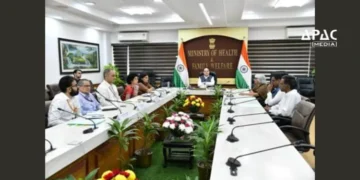








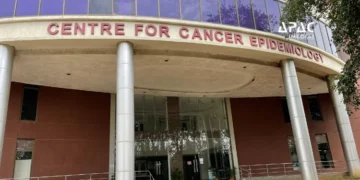

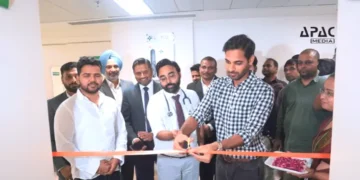





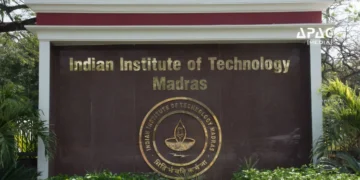
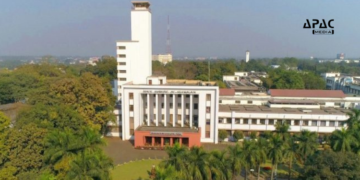
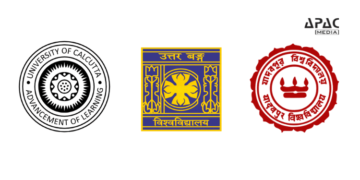

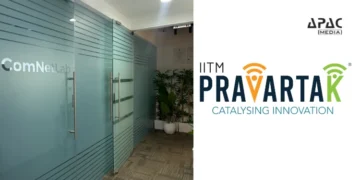
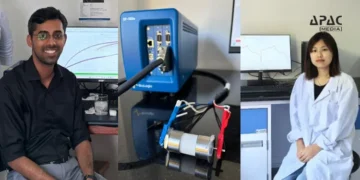
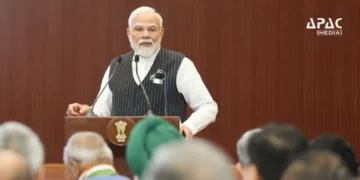

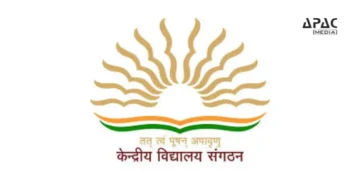
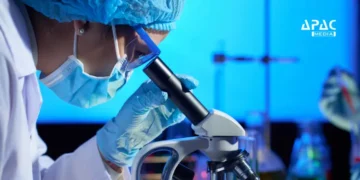
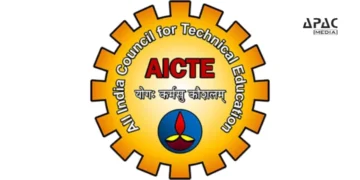




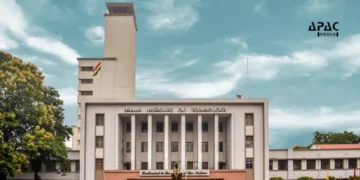




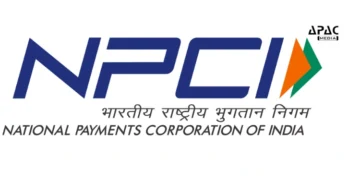
























Discussion about this post